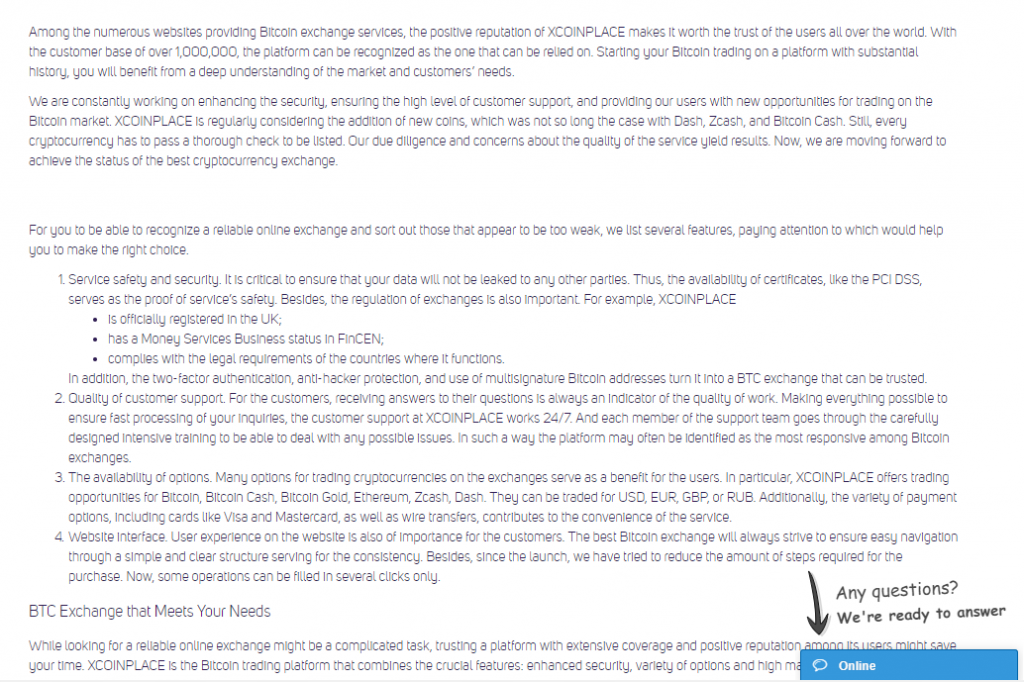Impostor syndrome is bit of a popular topic in certain professional circles, people being haunted by the nagging feeling that they don’t really know what they’re doing in their chosen field, and that soon someone will expose them as a fraud. It seems to be prevalent among software engineers and other fields where specialization inevitably informs one that the sum of what they know is but a fraction of the sum of knowledge. It’s not something that I content with, for the most part, but I bring it up because I’ve been thinking about when I get to call myself a software engineer.
Not that I’ve ever been lacking for confidence, rather as fair number of people of my gender and complexion, I suffer from an excess of it. I’ve always operated from a place where coming up to an answer to a question, or hypothesizing an answer as a means to discovering one is usually the correct course of action. This is different than having an opinion about something about which I know nothing, of course, but this invariably leads me to question or challenge assumptions to answers from others, some of who may have more expertise in a subject. As one who realizes that many advancements in various fields have been made by outsiders, I don’t see any problem with this. My wife on the other hand, calls it ‘male answer syndrome’ when I inevitably make a statement that runs counter to something that she knows as true, or has been led to believe by someone else with more expertise.
On Twitter, this has become known by the number of reply guys that plague women’s timelines. I don’t know if this is specific to the professional classes or not, but I assume it happens wherever a woman forms an opinion about anything at all. Around here though, I’ve started correcting my wife’s accusations of male answer syndrome with wrong answer syndrome, as our eldest daughter has picked up the annoying habit of declaring demonstrably false statements about things in the middle of an argument about some parenting slight against her.
I digress.
A little over a year ago, I became involved with a small blockchain project. I’ll keep it unnamed so as to prevent this from showing up in search engine results for now, but it was a fork of privacy coin framework that was being managed by a single developer. The dev was new to software design and had a lot of time on his hands due to disability, and had done a decent job of establishing a community around this project. I came in a few weeks after it had been launched, and became a part of the community. I set up mining pools, block explorers, and started doing a lot of commits to various side projects associated with this new cryptoasset.
Eventually though, I began to see warning signs. our dev didn’t understand git versioning very well, and had a bad habit of just starting new repos when he got stuck or a feature didn’t work out. The commit and branch graphs had a lot of dead ends and unconnected starts. I was never really sure what he was doing, what he was working on. I tried to help, fixing a couple things in C++ where I could and trying to help him get his workflow under some sort of change management, but there wasn’t a test suite, and several of the changes that he had introduced in the code base seemed to have killed backward compatibility of the existing blockchain.
In all, I think things became too overwhelming for our friend. I had to step out of the picture after a few months to deal with real life issues, and I don’t think anyone else ever stepped in that understood blockchain functionality the way that I had after spending hours looking into the code. In addition to maintaining the code base, trying to introduce new features, our friend had to deal with hash attacks which stalled out the blockchain completely not once, but twice, and had to deal with the constant support issues of pool operators, trading exchanges, and users with wallet or transaction issues.
It all became too overwhelming. In addition to dealing with all of this, our friend was also dealing with both physical and mental health issues, as well as money issues that apparently threatened his housing situation. One day, he published an apology to everyone for failing and went dark.
I hadn’t been active in the community as I had been, but still kept an eye or ear on things. The stalled chain had been restarted and a new version of the wallets released, and things seemed like they were getting back on the right track. There were a couple people that seemed to be having some issues with funds, but nothing serious. Most of the trouble seemed to be with burnout.
There was a panic, of course, among some of the miners and people who had been sticking with the project over the last few weeks of troubles. There were strong words about fraud and exit scams from people who had gotten involved with the project more recently. A few community leaders tried to calm nerves.
But ultimately, there was no one else that had any technical experience with the code itself. None that were willing to speak up, at least, and I don’t know of anyone else that had been interacting at the level that I had. And I still had a bit of financial and emotional stake in this project, which is why I volunteered to take the reins on a technical assessment, to figure out the state of the network and whether there was any chance of getting things back on track.
And that’s how I became responsible for a broken blockchain project. I’m still trying to figure out just how broken things are, whether it can be fixed, or whether a project that was worth hundreds of thousands of dollars is now dead.
















